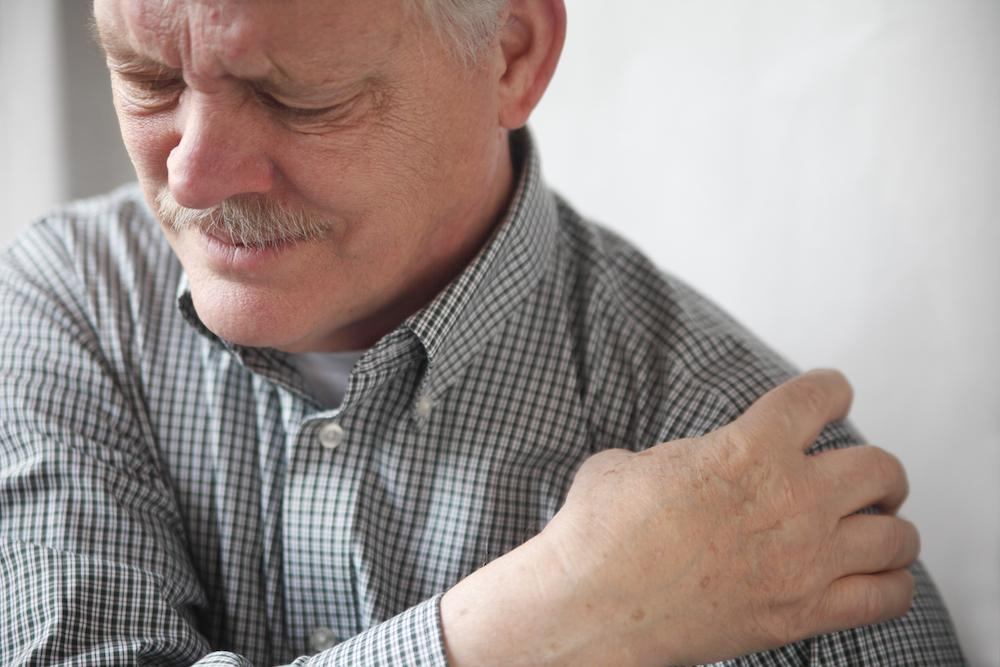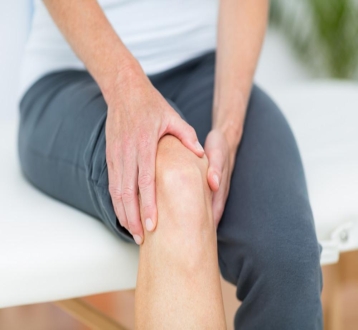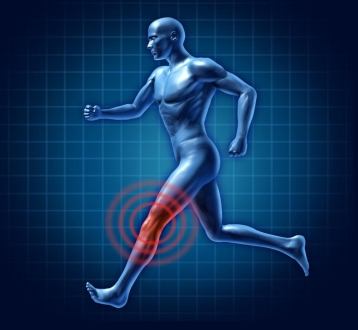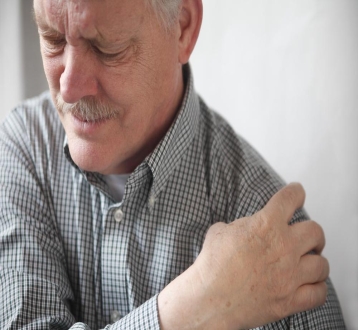
If you wave your arms around for just a moment — side-to-side, forward-and-back, up-and-down — you get a clear idea of the incredible range of motion your shoulder joints provide. But this freedom of movement can come at a cost because your shoulders are more susceptible to instability.
At our practice, Dr. Otis Drew and our team specialize in remedying musculoskeletal problems that affect the way you make your way through the world. Using the latest techniques, we’re helping our patients in Lafayette, Louisiana, wave goodbye to shoulder instability. And there are several ways we go about this.
Here’s a quick look at what our stabilization procedures accomplish to give you a better idea of what lies ahead for your particular problem.
Starting out unstable
The freedom of movement, including the wide range of motion, that your arms enjoy is largely due to the fact that the ball-and-socket joint that makes up your shoulder is fairly shallow. In fact, your shoulders are inherently unstable, which leaves them wide open for subluxations or dislocations, which occur when your upper arm bone (humerus) pops out of the socket, either partially or completely.
Unfortunately, once your shoulder dislocates, it tends to happen again because your soft connective tissue, including your ligaments, tendons, and muscles, loosens or tears, rendering them unable to keep your bones in place. Of course, this doesn’t happen to everyone — some people only dislocate their shoulder once and go on without encountering further problems.
For the less fortunate, however, chronic shoulder instability can develop, hampering their ability to rely on, or properly use, their shoulder joint.
What now?
If you’ve tried conservative treatments and therapies for your chronic shoulder instability, to no avail, surgery may the best option for restoring stability to your joint. There are several ways we go about this, which we determine after thoroughly assessing your problem using advanced imaging and arthroscopy, if necessary, to get a closer look at what’s going on inside your joint.
If you’ve suffered through only a few dislocations, the damage may not be too great, allowing us to go in arthroscopically to repair your connective tissue. Using a tiny camera and specialized instruments, we can suture or debride the tissue, resolving your instability. This advanced technique minimizes damage to your surrounding tissue and speeds up your recovery time.
If your instability is severe, we may need to turn to open surgery to remedy the problem. We offer several types of open surgery, including:
- A capsular shift to tighten your joint capsule
- A Latarjet procedure to resolve bone loss in the socket
- A complex labral repair
Rest assured, when you sit down with us, we’ll go over your options so you have the information you need to make an informed decision. Together, we can chart the best path forward to put an end to your shoulder instability.
And after your surgery, you need to do your part by fully following our post-operative instructions, including physical therapy. This critical step in your recovery will dictate how quickly your shoulder recovers and the range of motion you’ll enjoy moving forward.
The bottom line is that chronic shoulder instability can be a nagging, limiting, and painful problem to deal with. Thankfully, we have several solutions that will help you regain confidence in your shoulder again.
If you’d like to explore your surgical options for shoulder instability further, please don’t hesitate to give us a call. Or you can use our online scheduling tool to set up a consultation.










